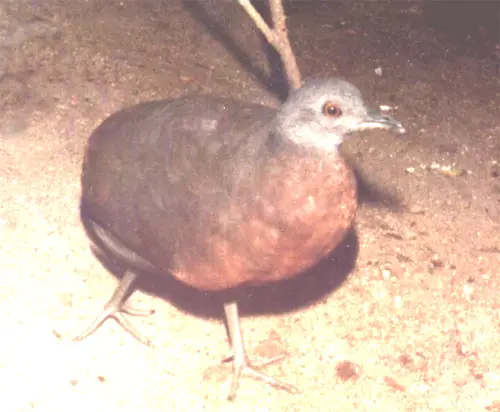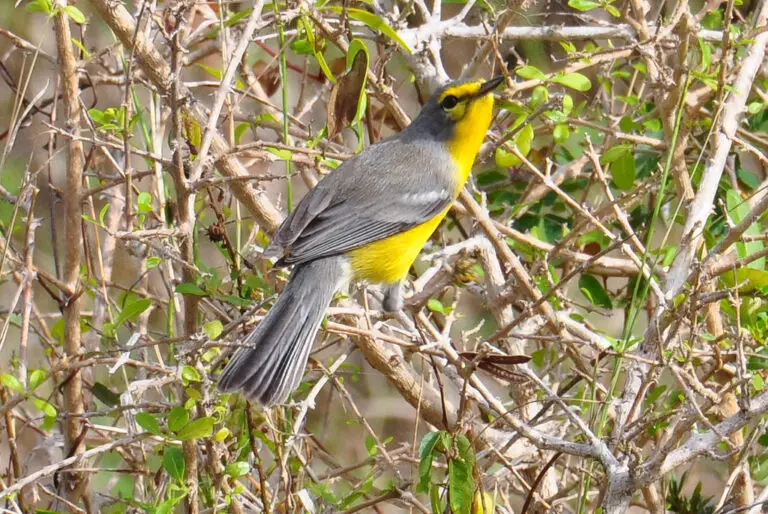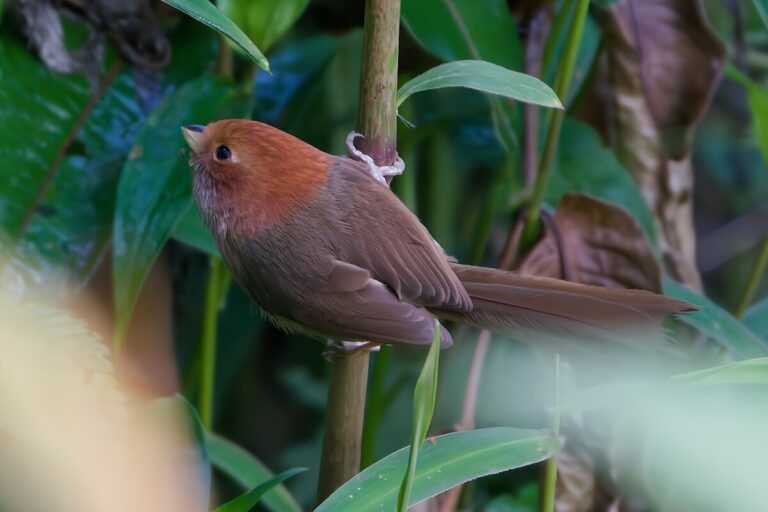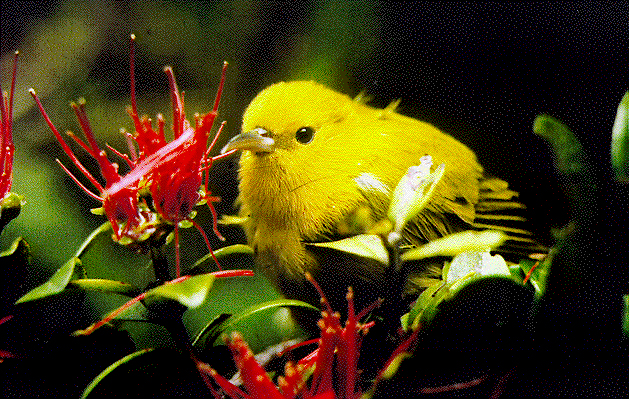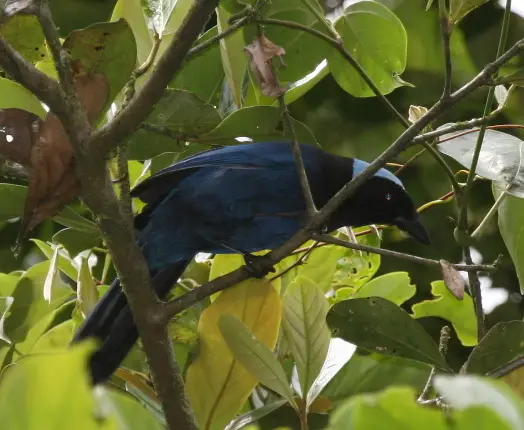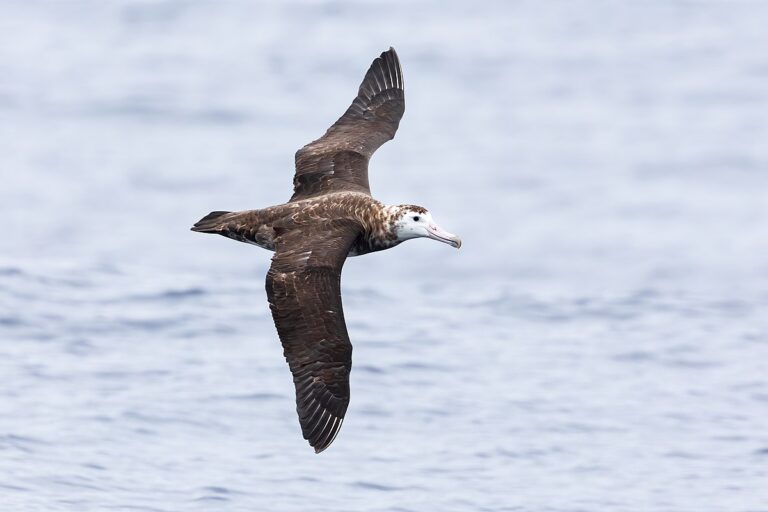Cassowary (Casuarius spp.)
“They can jump 7 feet in the air from a standing position!”
The cassowary, a unique and fascinating bird, falls under the following scientific classification:
- Kingdom: Animalia
- Phylum: Chordata
- Class: Aves
- Order: Casuariiformes
- Family: Casuariidae
- Genus: Casuarius
- Scientific Name: Casuarius spp.
In terms of conservation status, cassowaries are currently classified as “Least Concern.” They are primarily found in Oceania, particularly in regions such as Australia, New Guinea, and nearby islands. These large flightless birds inhabit tropical rainforests and are known for their striking appearance and important ecological role in their habitats.
Cassowaries are truly remarkable birds with some fascinating characteristics:
- Main Prey: Their diet consists of fruits, insects, grass, and fungi.
- Fun Fact: Cassowaries are capable of jumping up to 7 feet in the air from a standing position!
- Distinctive Feature: They possess sharp claws and a horn-like crest.
- Incubation Period: The eggs take about 49-52 days to hatch.
- Habitat: They primarily inhabit wet tropical forests.
- Predators: Their main predators include dingoes, crocodiles, and unfortunately, humans.
- Diet: Cassowaries are omnivores, consuming a variety of plant and animal matter.
- Lifestyle: They are solitary creatures.
- Type: Cassowaries are classified as birds.
- Average Clutch Size: A typical clutch consists of around 5 eggs.
- Slogan: Known for their impressive speed, cassowaries can reach speeds of up to 30 mph!
- Nesting Location: They prefer to nest on the ground.
- Age of Molting: Molting typically occurs around 9 months of age.
- Physical Characteristics:
- Color: They exhibit a combination of yellow, blue, black, and tan colors.
- Skin Type: Their skin is covered with feathers.
- Top Speed: Cassowaries can sprint at speeds of around 31 mph.
- Lifespan: These birds can live for 40-60 years.
- Weight: Their weight ranges from 25 to 58.5 kg (55 to 129 lbs).
- Height: Cassowaries stand between 1.5 to 2 meters tall (59 to 79 inches).
Absolutely, cassowaries are known for their powerful defense mechanisms, and attacks on humans typically occur when they feel threatened or are defending their territory, eggs, or chicks. Understanding their behavior and respecting their space is crucial when encountering these magnificent birds.
As ratites, cassowaries belong to a group of flightless birds characterized by long legs and vestigial wings. Their feathers are coarse, with some having hair-like filaments, making them valuable for ornamental purposes historically. Female cassowaries are indeed larger than males, and their vibrant colors are more pronounced, especially on their heads and necks. The dagger-like claw on each foot is an intimidating feature, serving as a potent defense tool against predators or threats.
Appreciating the unique adaptations of cassowaries while also recognizing the importance of coexisting with them respectfully is essential for their conservation and the safety of both humans and these remarkable birds.

5 Amazing Cassowary Facts!
- Paternal Care: Male cassowaries take on the responsibility of raising the chicks and can become fiercely protective during this time, using their powerful claws to fend off predators and threats.
- Polyandrous Mating: Females engage in polyandrous mating, often mating with two or three males within a single breeding season. After mating, they lay their eggs in the male’s nest and then move on to mate with other males.
- Casque Mystery: Biologists once believed that the hard casques on top of cassowaries’ heads were used to push through dense undergrowth in their rainforest habitat. However, the exact function of these casques is still uncertain.
- Vocal Repertoire: Cassowaries are not only impressive in appearance but also in their vocal abilities. They produce a wide range of vocalizations, including booms, hisses, rumbles, and roars, which they use for communication within their social interactions.
- Ancient Traits: Interestingly, a dinosaur species closely resembling the cassowary has been recently discovered. While these two species are not directly related, they share ancient traits dating back to around 60 million years ago, making them fascinating examples of evolutionary history.
Scientific Name
That’s a fascinating etymology for the genus name “Casuarius”! The origin of “Casuarius” from Papuan words meaning “horned head” aligns with the distinctive casque found on these birds.
While the exact function of the cassowary’s casque remains somewhat of a mystery, scientists have proposed various hypotheses. Originally thought to aid in navigating dense vegetation, it’s now believed to serve multiple purposes. These include defensive functions in territorial disputes, as a secondary sexual characteristic used in courtship displays, a means of regulating body temperature, and possibly even as an aid in communication by amplifying low-frequency sounds.
The multifaceted nature of the cassowary’s casque highlights the complexity of adaptations in these remarkable birds and underscores the ongoing exploration of their behavior and physiology by scientists.
3 Types of Cassowaries
- Southern Cassowary (Casuarius casuarius): Also known as the double-wattled cassowary, it’s the largest of the species and the third-largest bird globally, trailing only the emu and the ostrich. Found in southern New Guinea, northeastern Australia, and the lowlands of the Aru Islands.
- Northern Cassowary (Casuarius unappendiculatus): Often referred to as the single-wattled cassowary due to having just one wattle compared to the southern cassowary’s two. Inhabits the coastal swamplands and lowland rainforests of northern New Guinea, including various nearby islands like Waigeo, Batanta, Yapen, and Salawati.
- Dwarf Cassowary (Casuarius bennetti): This smaller species, also known as Bennett’s cassowary after scientist George Bennett, who identified it as a new cassowary species. It resides in New Guinea, Yapen Island, and New Britain, typically in higher elevations compared to the northern and southern cassowaries.
While there used to be a fourth species, the pygmy cassowary or small cassowary (Casuarius lydekkeri), sadly it is now extinct. Despite suggestions of subspecies among the extant cassowaries, none have been confirmed as of now. These three species showcase the diversity and adaptability of cassowaries across different regions and habitats.
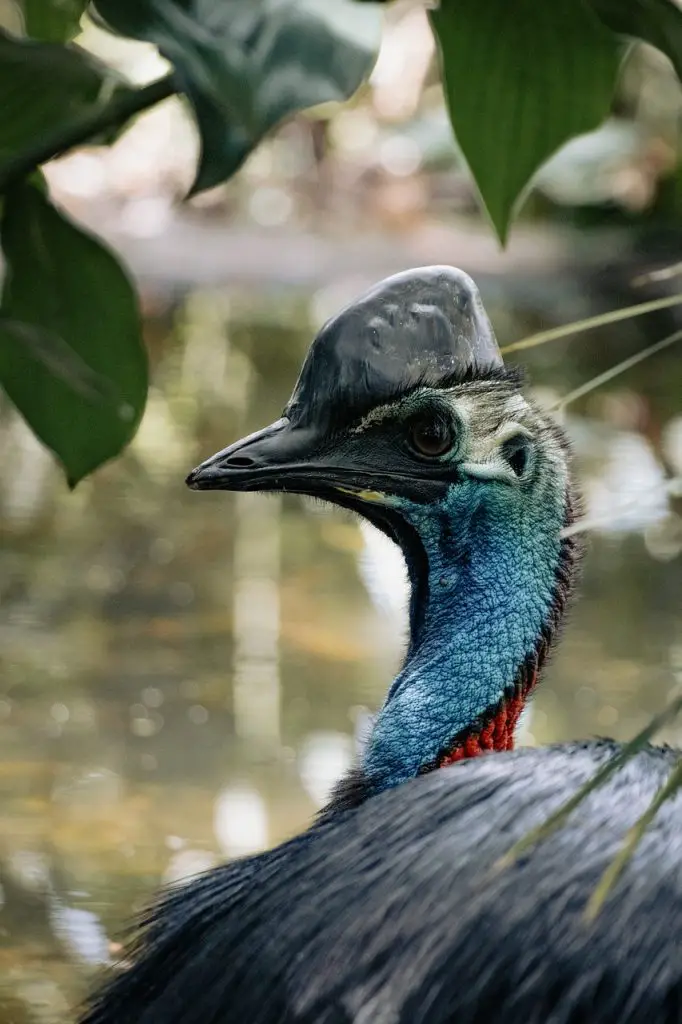
Evolution and Origins
The cassowary’s evolutionary history is indeed fascinating, with its lineage tracing back to the era of dinosaurs. As a ratite, it belongs to a group of flightless birds that includes around 60 species, such as the emu, kiwi, and extinct giants like the moa and the elephant bird of Madagascar.
The discovery of the Corythoraptor jacobsi, a dinosaur species resembling the cassowary, further underscores the close evolutionary relationship between birds like the cassowary and their prehistoric ancestors. This connection highlights the remarkable adaptability of flightless birds over millions of years.
Fossil evidence of extinct cassowary species, like the pygmy cassowary, has been found in regions such as New South Wales in Australia and Papua New Guinea, dating back to the Pleistocene epoch.
Moreover, recent research sheds light on the interactions between early humans and cassowaries. Analysis of ancient egg fragments suggests that humans in the Late Pleistocene epoch were harvesting and consuming cassowary eggs. The discovery of burned and broken egg fragments indicates human interference with the natural hatching process, likely for food consumption. This raises intriguing possibilities, such as early humans potentially keeping cassowaries as domesticated animals for egg production, akin to modern poultry farming practices.
Understanding the complex relationship between cassowaries and humans throughout history provides valuable insights into both cultural practices and the ecological dynamics of these remarkable birds.
Appearance
The physical characteristics of each cassowary species contribute to their distinct appearances and behaviors:
Southern Cassowary:
- Length: 40 to 72 inches
- Height: 75 inches
- Weight: Up to 187 pounds
- Casque Height: 5 to 7 inches
- Head and Neck: Bright blue head with a red neck bearing two red wattles
- Legs: Long, scaly legs with a lethal 4.7-inch claw on each inner toe
Northern Cassowary:
- Neck Color: Orange-gold or red
- Wattle: Single
- Size: Slightly smaller in height and lighter in weight compared to the southern cassowary, with females weighing about 128 pounds
Dwarf Cassowary:
- Length: 3 to 5 feet
- Height: 39 to 53 inches
- Weight: Between 39 and 57 pounds
- Casque: Triangular, smaller in proportion to body size compared to other species
- Head and Neck: Bright blue and red neck with pink cheeks
These physical differences reflect the adaptations of each species to their respective habitats and behaviors. Despite variations in size and coloration, all cassowaries possess the iconic casque atop their heads, along with the formidable inner toe claw characteristic of the genus Casuarius.

Behavior
Cassowaries are indeed remarkable birds with impressive physical abilities and a unique behavioral repertoire:
- Jumping Ability: They can leap up to 7 feet in the air from a standstill and can reach speeds of up to 31 mph while running.
- Solitary Behavior: Southern cassowaries are typically shy and solitary creatures, often chasing away other cassowaries except during the mating season.
- Predatory Behavior: Despite their formidable claw, cassowaries do not use it to grab prey like raptors use their talons. Instead, they primarily rely on their speed and agility to capture prey.
- Human Interaction: While cassowaries have been known to attack humans, it usually occurs when they feel provoked, frightened, or are defending their territory, eggs, or chicks. Some may associate humans with food and exhibit aggressive behavior in anticipation of a meal.
- Risk to Humans: Cassowaries have gained a reputation as “the most dangerous birds in the world,” partly due to two recorded human fatalities and over 200 incidents involving cassowaries. However, such attacks are rare and often result from human attempts to feed or approach the birds. In the event of an attack, cassowaries’ sharp claws, which can grow up to 5 inches in length, can cause severe wounds or even death, particularly if the person falls to the ground.
Understanding cassowaries’ behavior and respecting their space is crucial for both human safety and the well-being of these magnificent birds in their natural habitats.
Habitat
Cassowaries inhabit a range of tropical rainforest habitats across New Guinea, including Papua New Guinea and parts of Indonesia, as well as northeastern Australia and the Aru Islands situated between New Guinea and Australia. Despite their size, these birds are elusive and challenging to spot in their natural environments.
In Australia, cassowaries are known to reside in protected areas such as Paluma Range National Park, McIlwraith Range National Park, and Jardine River National Park. These parks provide essential habitats for cassowaries to thrive and carry out their secretive lives.
For those interested in observing cassowaries up close, many zoos around the world offer opportunities to see these fascinating birds. Some of the zoos that exhibit cassowaries include:
- San Diego Zoo
- Edinburgh Zoo
- Denver Zoo
- Perth Zoo
- National Zoo (presumably referring to the National Zoo in Washington, D.C.)
- Natural Bridge Zoo
- Los Angeles Zoo
Zoos play a crucial role in conservation efforts, helping to educate the public about endangered species like the cassowary and contributing to breeding programs aimed at preserving their populations.

Diet
Cassowaries indeed have a diverse diet that includes a wide range of food items:
- Fruits and Berries: They consume fallen fruits and berries found on the forest floor.
- Mushrooms and Fungi: Cassowaries also feed on various mushrooms and fungi.
- Plant Materials: Their diet includes a variety of plant materials, such as leaves and shoots.
- Small Vertebrates: They prey on small vertebrates like lizards, which they catch with their sharp claws.
- Insects and Snails: Cassowaries also consume insects, snails, and other invertebrates found in their habitat.
- Carrion: They scavenge for carrion, feeding on the remains of dead animals.
- Feces: Interestingly, cassowaries, especially the young chicks, may eat the feces of their fathers and siblings. Grown birds may also consume their own feces, particularly if they contain undigested fruit. This behavior helps them extract additional nutrients from their food.
The cassowary’s ability to consume a wide variety of food items, including some that are toxic to other animals, is facilitated by their rapid digestive system. This adaptability allows them to thrive in their rainforest habitat, where food resources can vary widely.
Predators and Threats
Humans pose the most significant threat to cassowaries, primarily through various direct and indirect actions:
- Hunting: Cassowaries are hunted for their meat and feathers, which are valued in some cultures. This hunting pressure contributes to population declines.
- Vehicle Collisions: Cassowaries are often struck and killed by vehicles on highways as they navigate through fragmented habitats.
- Predation: Chicks are vulnerable to predation by dogs and pigs, which may also consume their eggs. This predation further reduces reproductive success.
- Habitat Loss and Fragmentation: Logging, land clearing for agriculture, and urban development lead to habitat loss and fragmentation, isolating cassowary populations and limiting their access to suitable habitats and resources.
- Diseases: Cassowaries are susceptible to diseases, which can spread through fragmented populations and further endanger their survival.
- Natural Disasters: Natural disasters such as typhoons can cause significant damage to cassowary habitats and may directly impact individuals or populations.
Conservation efforts aimed at mitigating these threats include habitat protection, wildlife corridors to reconnect fragmented habitats, education and awareness programs to reduce hunting and vehicle collisions, and disease monitoring and management. By addressing these threats, conservationists strive to ensure the long-term survival of cassowaries in their natural environments.

Reproduction, Babies, and Lifespan
- Breeding Season: Cassowaries typically breed during the winter and spring months.
- Territoriality and Nesting: Males establish territories and build nests on the ground, often using fallen leaves. The nest is shallow and may be lined with leaves or grass.
- Courtship: Males court females through vocalizations, throat inflation, and dancing displays. If the female accepts the male, mating occurs, and she lays a clutch of four to six green eggs in the male’s nest. The green coloration of the eggs, attributed to the pigment biliverdin, provides camouflage.
- Incubation: The male incubates the eggs for about 47 to 56 days, during which time the female may mate with other males and lay additional clutches.
- Parental Care: After hatching, the chicks stay with the father for approximately nine months or until their first molt. Some may remain with the father for up to 18 months. The chicks are covered in brown down with black streaks. The father becomes highly aggressive if he perceives a threat to the chicks from predators.
- Sexual Maturity and Reproduction: Females reach sexual maturity at around two years of age, while males become sexually mature at three years. They can reproduce for several decades, with females able to breed until they are about 40 years old and males until they are about 35 years old.
- Longevity: Cassowaries can live for several decades, with the oldest known individual reaching at least 61 years of age.
These intricate reproductive behaviors and extended parental care contribute to the survival and success of cassowary populations in their natural habitats.
Population and Conservation
The current conservation status of all cassowary species, as assessed by the International Union for Conservation of Nature (IUCN) Red List of Threatened Species, is classified as “Least Concern.” However, despite this classification, populations of all three species are experiencing declines.
- Southern Cassowary (Casuarius casuarius): Estimated to have a population of 20,000 to 50,000 individuals. While categorized as Least Concern, their population is declining.
- Northern Cassowary (Casuarius unappendiculatus): Thought to have a population of up to 20,000 individuals. Similar to the southern cassowary, the northern cassowary is classified as Least Concern, but its population is also decreasing.
- Dwarf Cassowary (Casuarius bennetti): The population size of the dwarf cassowary is unknown. However, like the other two species, its population is declining.
Despite the Least Concern classification, the declining populations of all three cassowary species highlight the ongoing threats they face, including habitat loss, hunting, vehicle collisions, predation, and other human-related activities. Continued conservation efforts are necessary to ensure the long-term survival of cassowaries in their natural habitats.

Conclusion
The cassowary is a remarkable and enigmatic bird species native to the rainforests of New Guinea, Australia, and nearby islands. Known for its striking appearance, formidable demeanor, and unique behaviors, the cassowary plays a vital ecological role as a seed disperser and is considered a keystone species in its habitat. Despite being classified as Least Concern by the IUCN, all three species of cassowaries face significant threats, including habitat loss, hunting, and vehicle collisions. Conservation efforts are crucial to safeguarding these iconic birds and preserving the biodiversity of their tropical rainforest ecosystems.
